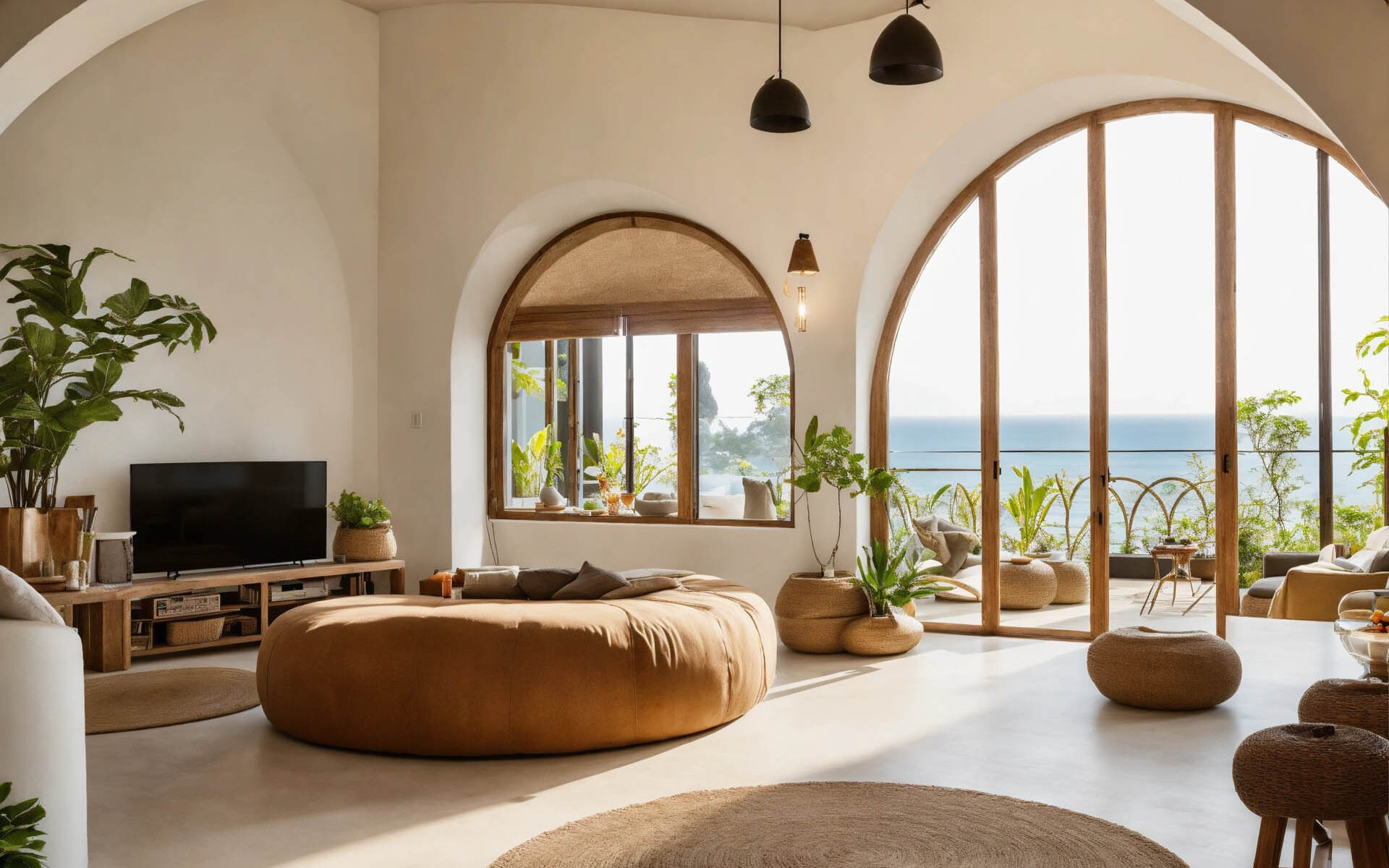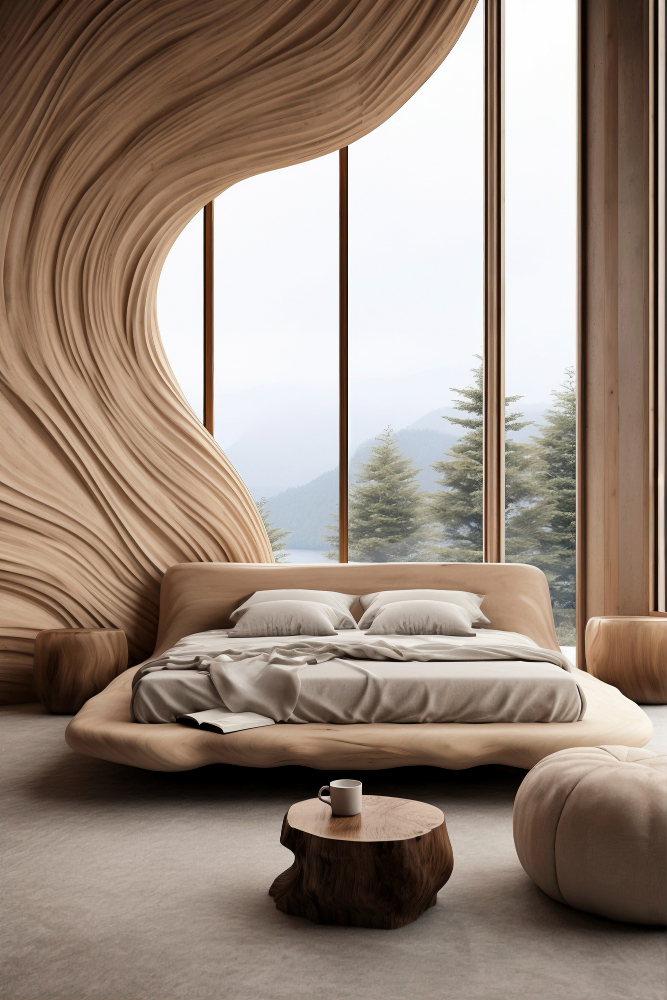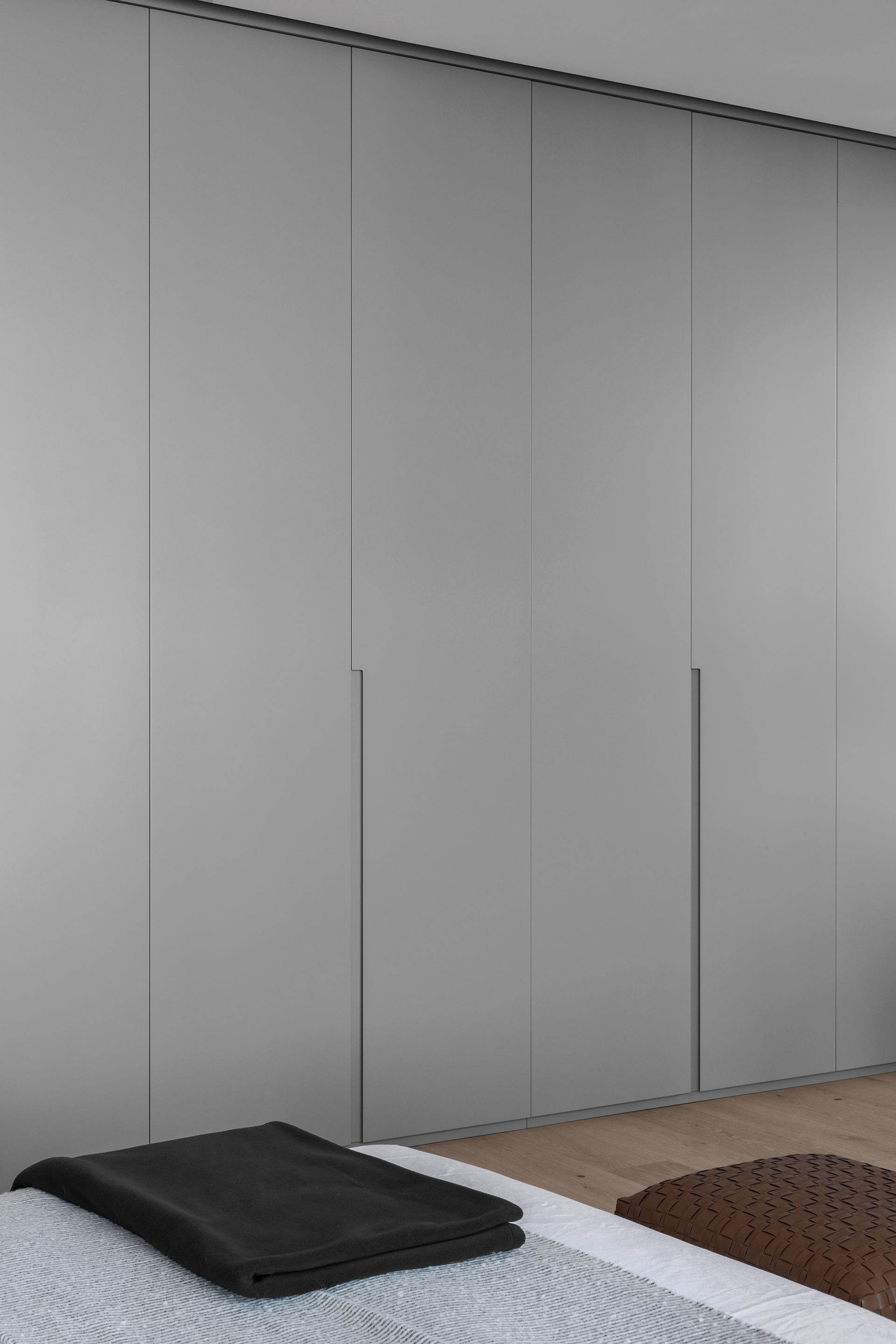
VAT No.311887107400003

CR No.4031289514
15
/
7
/
2025
Ibrahim Salama

This article delves into the cutting-edge materials that are shaping the future of modern construction. It explores innovative solutions—from high-performance concrete and engineered composites to sustainable resources and smart materials—that not only improve structural integrity but also enhance energy efficiency and reduce environmental impact. Readers will gain insights into how these materials are revolutionizing design and building practices, offering a glimpse into the evolving landscape of construction technology and sustainability.
High-performance concrete is an advanced version of traditional concrete that offers superior strength, durability, and resistance to environmental factors.

Engineered wood is a sustainable and strong alternative to traditional timber, made from multiple layers of wood bonded together.

Smart glass is a technologically advanced material that changes its transparency based on external conditions.

ICFs are forms used in construction that remain in place as permanent insulation for walls and foundations.

Self-healing concrete is an innovative material that repairs cracks automatically using bacteria or chemical agents.


VAT No.311887107400003

CR No.4031289514